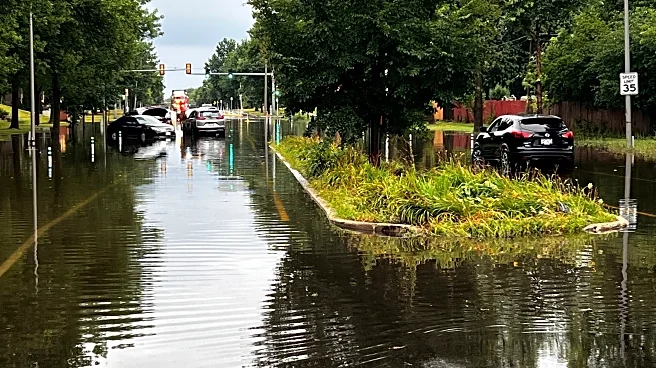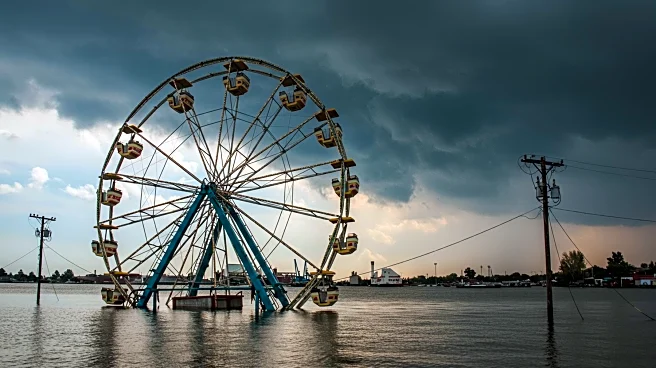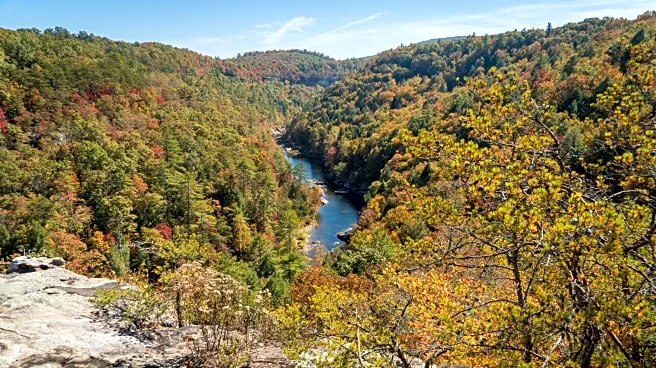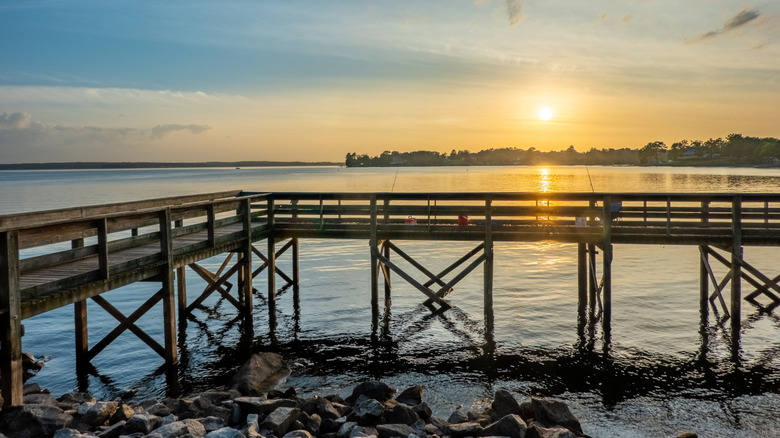
There's nothing that taints a beautiful day at the lake quite like the concern of an amoeba that feasts on your brain. In July 2025, a child died in South Carolina after being infected by a deadly amoeba when swimming in a lake, per the New York Times. As many beaches across America are closing due to high levels of bacteria, the so-called "brain-eating amoeba" could tack on another safety concern for freshwater destinations. The amoeba, named Naegleria fowleri, only lives in freshwater lakes, rivers,
hot springs, and swimming pools (if they're not cleaned well). Though getting infected by the amoeba is quite rare, its presence and potential for causing infections are increasing as temperatures rise.
Typically, the amoeba lives off of bacteria in these bodies of water, but when it infects a person, it feeds off of their brain tissue, hence its nickname. The resulting infection is called primary amebic meningoencephalitis (PAM), and it's nearly always fatal. The amoeba thrives in warm water and can survive in high temperatures that other microorganisms can't, meaning that it can claim more resources as water temperatures get hotter and its competition dies off. Freshwater temperatures could increase because of overall global warming or hot water discharged by factories into the natural ecosystem, therefore creating conditions for N. fowleri to thrive, as Leigha Stahl, a researcher at the University of Alabama, tells Live Science. If the trend continues and the amoeba becomes more prosperous, that could make favorite freshwater spots around the world more iconic destinations destroyed by climate change.
Read more: The 5 Most Rodent-Infested Cities In America
How Dangerous Is The N. Fowleri Amoeba?
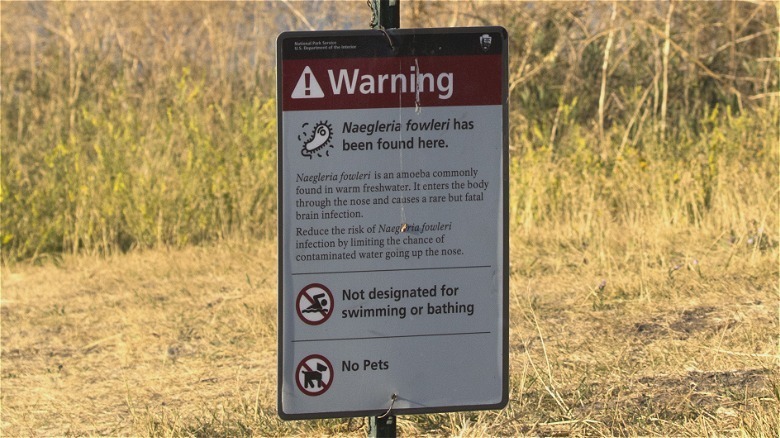
The thing to know about N. fowleri is that it's rare but lethal. According to the Centers for Disease Control and Prevention, fewer than 10 people are diagnosed with PAM per year in the United States, but only four people who had the diagnosis between 1962 and 2024 survived. One is most likely to get the infection during the hot summer months, and it can only infect if ingested through the nose — swallowing water with the amoeba in it doesn't risk infection, and it is not contagious. PAM develops quickly, with most people either dying or going into a coma within five days of contamination.
N. fowleri mostly lives in the warmer waters of Southern states. In 2022, ABC reported that a child died after a swim in the Lake Mead National Recreation Area, which is already considered one of America's most dangerous parks, even without the amoeba. But one of the reasons scientists are becoming more concerned is that, in recent years, the amoeba has been found in more northern states, including the Elkhorn River in Nebraska and the Lake of Three Fires in Iowa.
However, you don't need to avoid your favorite freshwater destinations out of fear of the amoeba. The chance of infection is very rare, but more importantly, there are a few ways the CDC suggests for keeping yourself safe from it. When swimming, use a nose clip or plug your nose to keep water from going up it. If swimming in hot springs, keep your head above the water. N. fowleri can also reach your brain if you do a nasal rinse with tap water, so make sure to use distilled or boiled water to ensure it's free of harmful microbes.
Ready to discover more hidden gems and expert travel tips? Subscribe to our free newsletter for access to the world's best-kept travel secrets.
Read the original article on Islands.


